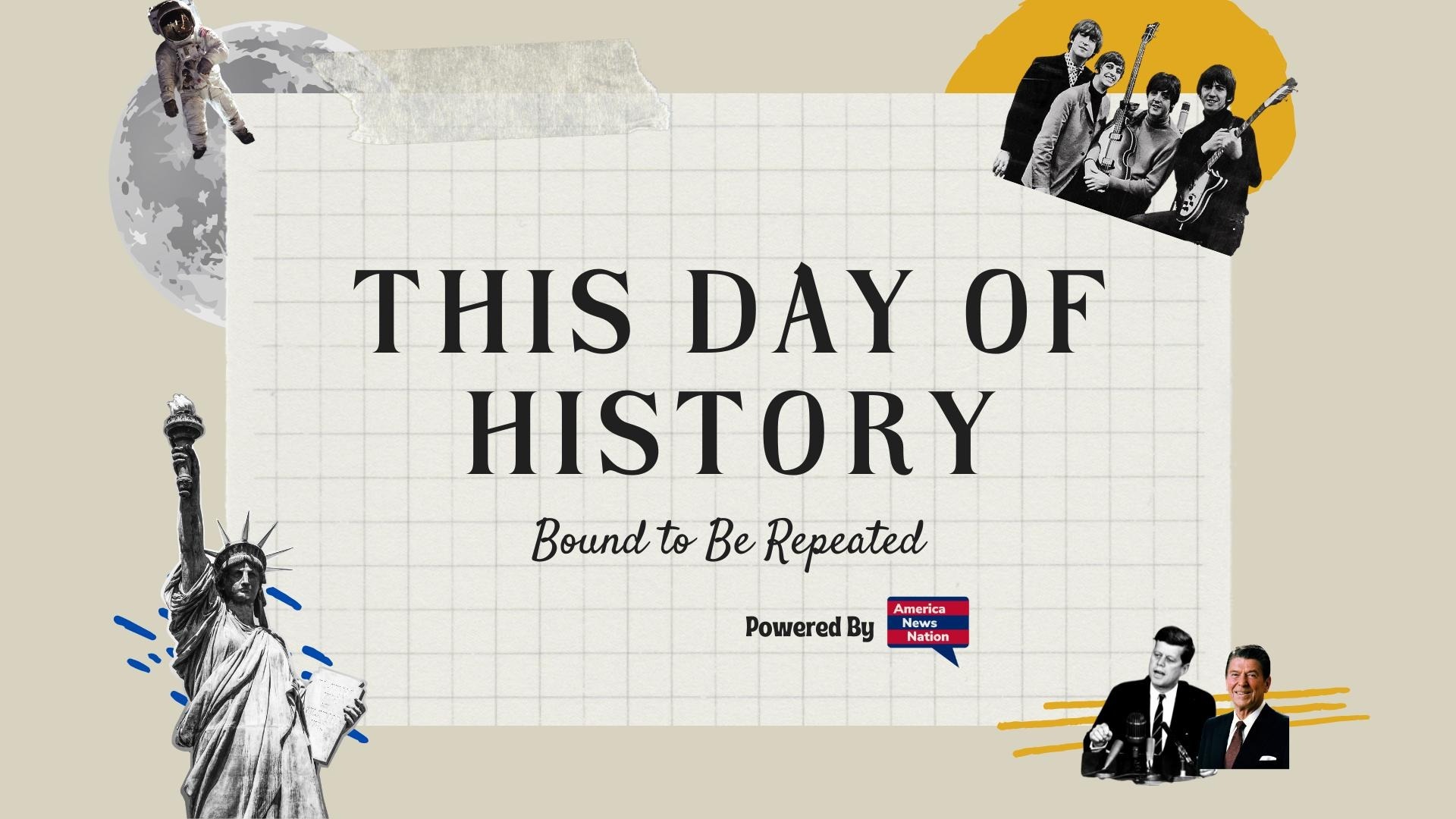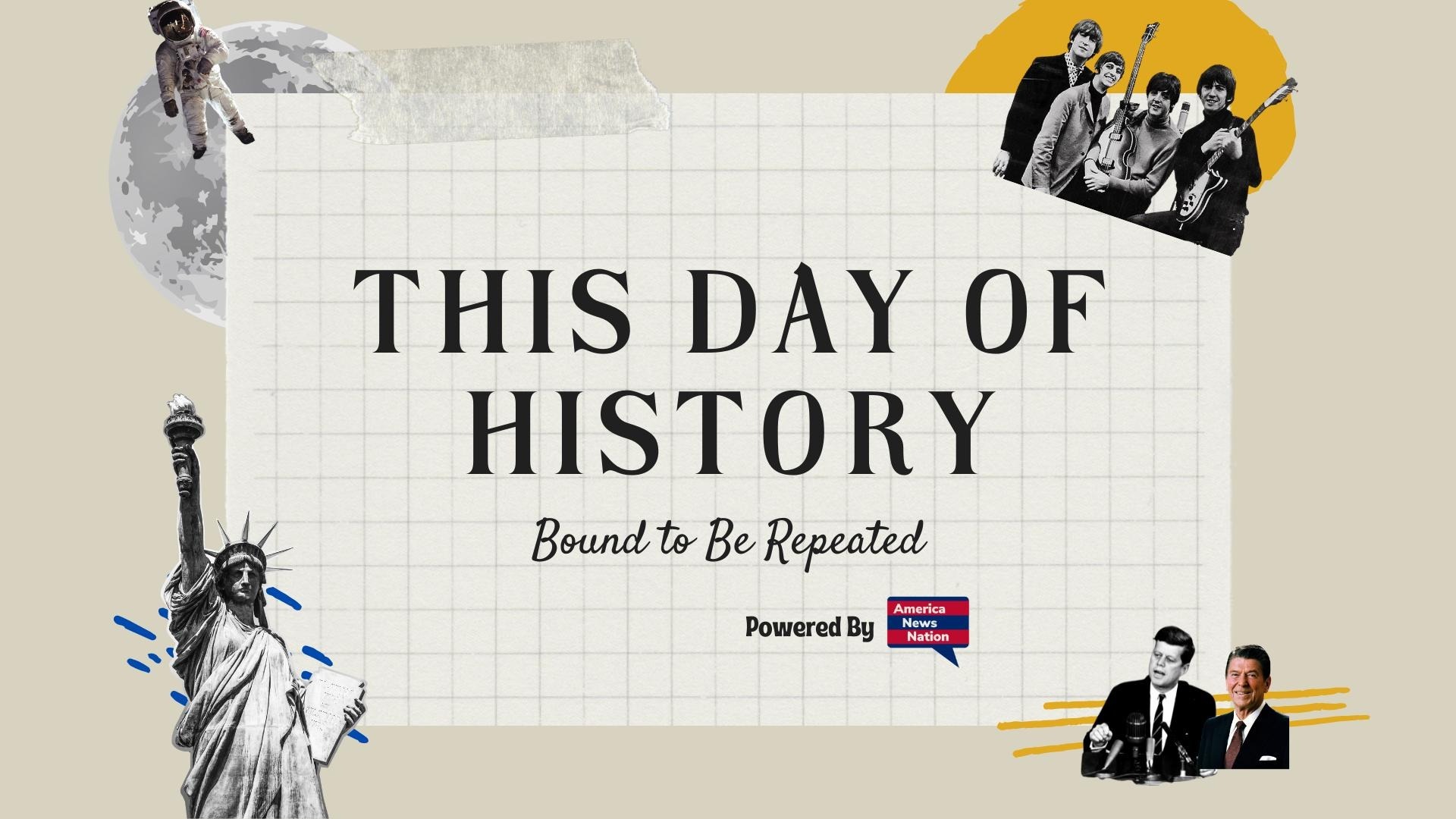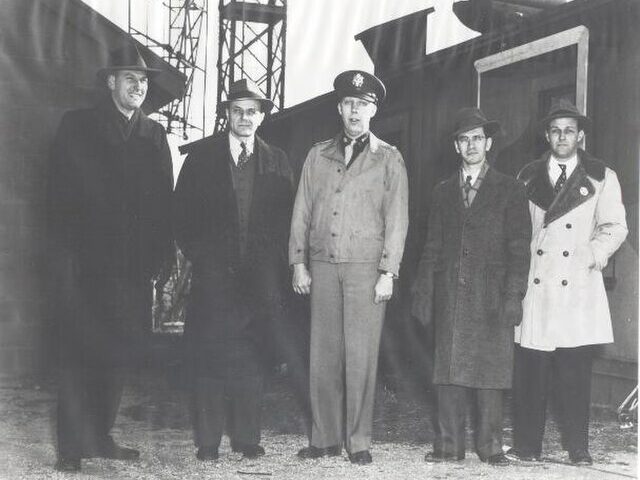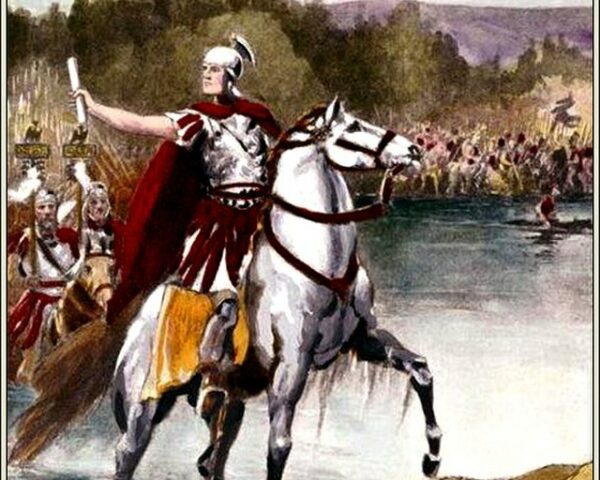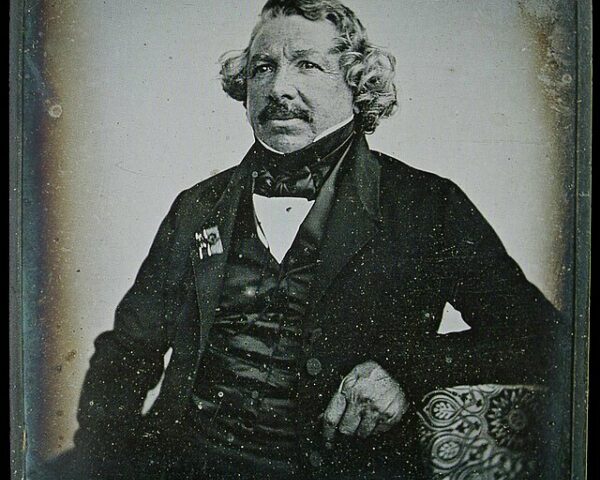On September 27, 1822, Jean-François Champollion, the brilliant and tireless French philologist, stood before the Académie des Inscriptions et Belles Lettres and announced what scholars had dreamed of for centuries: the ancient Egyptian hieroglyphic script had at last been deciphered. His declaration, brief and electrifying, marked a turning point in the study of antiquity and opened a lost civilization to the modern world.
The Rosetta Stone — discovered by French soldiers in Egypt in 1799 and later seized by the British — had provided the essential key. Inscribed in three scripts (hieroglyphic, demotic, and Greek), the stone offered the tantalizing promise of comparison. If the Greek could be read, then perhaps the mystery of the pictorial hieroglyphs, which had baffled scholars since classical antiquity, could be solved. For more than twenty years, Europe’s greatest minds had struggled with the riddle.
Champollion, born in 1790 and obsessed with Egypt from boyhood, dedicated his career to that riddle. Unlike earlier savants who treated the hieroglyphs as mere symbols or allegories, he insisted they must be a genuine script conveying phonetic value. Patiently collecting inscriptions, copying texts, and comparing cartouches (the oval frames surrounding royal names), he pursued connections with the known Coptic language, the last surviving descendant of ancient Egyptian. Coptic provided him with the phonetic bridge that others had missed.
The breakthrough came in September 1822, when Champollion compared names such as Ptolemy and Cleopatra on different inscriptions. Recognizing recurring signs, he matched them to Greek equivalents. The discovery electrified him. Racing to his elder brother’s office, he burst in and, overcome with emotion, collapsed unconscious on the floor. When he recovered, he knew he held the key that would make Egypt speak again.
At the Académie, Champollion’s announcement was measured but decisive. He outlined the principles: hieroglyphs combined phonetic signs with determinatives (symbols that clarified meaning) and ideograms. Far from being a static, decorative script, the system was supple and sophisticated, capable of recording names, titles, decrees, and poetry. For the first time in millennia, the words of the pharaohs could be read as they were intended.
The implications were vast. For centuries, the grandeur of Egypt had been known only through the secondhand testimony of Herodotus or Diodorus Siculus, and through the mute testimony of ruins. With Champollion’s decipherment, the civilization could now speak for itself. Tombs, temples, stelae, and papyri became legible records. Within a generation, whole libraries of inscriptions were being translated. Egyptian history could be reconstructed with dates, dynasties, and personalities rather than mere speculation.
Champollion’s triumph was not without rivals. The English polymath Thomas Young had made significant progress earlier, recognizing that the demotic script contained phonetic elements and suggesting links with Greek names. But it was Champollion who, by pursuing the connection with Coptic and systematizing the principles, carried the discovery to completion. In the nationalist climate of post-Napoleonic Europe, disputes over priority were inevitable. Yet even Young acknowledged the Frenchman’s genius.
The young scholar’s work transformed him into a figure of fame in France. The government dispatched him to Egypt in 1828 to conduct a survey of inscriptions with the Tuscan scholar Ippolito Rosellini. Champollion finally walked among the temples and tombs that had haunted his imagination since childhood, copying hieroglyphs directly from the ancient walls. But his health, long fragile, gave way under the strain. He died in 1832 at just 41 years old, leaving his Grammaire égyptienne incomplete.
Despite his early death, Champollion’s September 27 announcement ensured his place in history. The decipherment of the Rosetta Stone was more than a scholarly coup; it was an act of cultural resurrection. A civilization buried in silence for nearly two thousand years found its voice, and modern archaeology entered a new era. The pharaohs, long reduced to enigmatic statues and myths, became historical actors again, their own words guiding the world they left behind.
